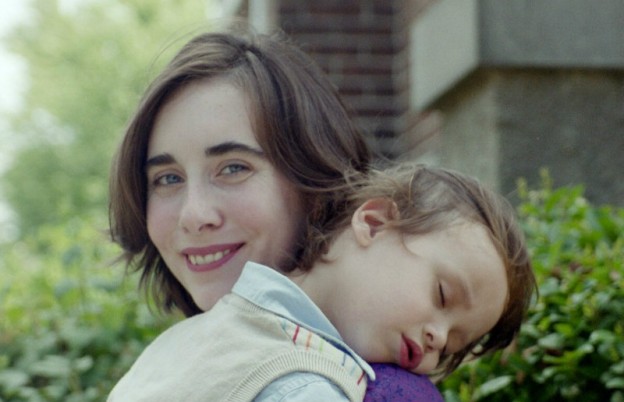
Parenting, Resources
10 Ways to remove separation anxiety from your special needs child
Sooner or later, almost all parents have to deal with a child’s separation anxiety. Separation anxiety is defined as a developmental stage in which a child suffers distress when apart from a primary caregiver, usually starting around 8 months of age when the child comprehends object permanence. For some parents of children with special needs, separation anxiety can be an emotionally intense experience that stretches over several years and limits a family’s activities. I know because I go through the whole process every day with my own children. It has been helpful to me to understand the differences between typical and atypical separation anxiety - and even more helpful to find ways to work through the anxiety not only without tears, but also with increased self-confidence and independence for my children. Here is a summary of three different types of separation anxiety:1. Typical Separation Anxiety:
In Caring for Your Baby and Young Child published by the American Academy of Pediatrics, the authors report that separation anxiety “usually peaks between ten and eighteen months and then fades during the last half of the second year.” Sometimes the child’s anxiety returns at different times in early childhood as the child balances between infancy and independence. The authors continue, “If your child has a strong, healthy attachment to you, her separation anxiety probably will occur earlier than in other babies, and she’ll pass through it more quickly. Instead of resenting her possessiveness during these months, maintain as much warmth and good humor as you can. Through your actions, you’re showing her how to express and return love. This is the emotional base she’ll rely on in years to come.”2. Separation Anxiety from birth:
Some children experience severe anxiety even as newborns, and it does not improve over time without intervention - in fact, it may worsen. These children are usually diagnosed later with a mood disorder or a neurological disorder such as autism, ADHD or brain injury. My husband and I knew immediately that our son was different from most other babies because of his severe anxiety. Although babies do not develop object permanence until they are 8 months old, they do recognize the scents, sounds and tactile sensations of their parents. Some babies like my son may become dependent on these sensations to remain calm.3. Separation Anxiety Disorder:
The Diagnostic and Statistical Manual (DSM-V) identifies Separation Anxiety Disorder as a “developmentally inappropriate and excessive fear or anxiety concerning separation” causing “clinically significant distress or impairment in social, academic, occupational, or other important areas of functioning.” The symptoms include:- recurrent, excessive distress, nausea, vomiting, headaches or stomachaches when anticipating or experiencing separation from an attachment figure
- persistent and excessive worry about loss of attachment figures or possible harm to them, such as illness, injury, disasters, or death
- persistent reluctance or refusal to go out because of fear of separation
- persistent and excessive fear or reluctance about being alone or without major attachment figures at home or in other settings
- persistent reluctance or refusal to sleep away from home or to go to sleep without being near a major attachment figure
- nightmares on the theme of separation



